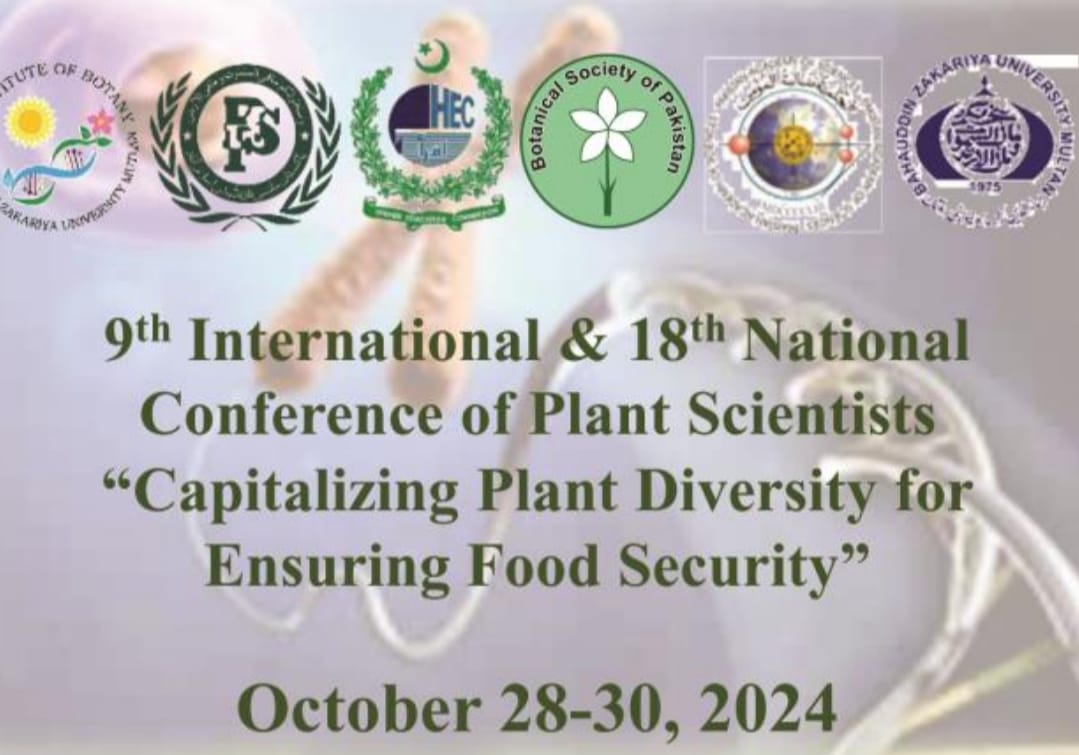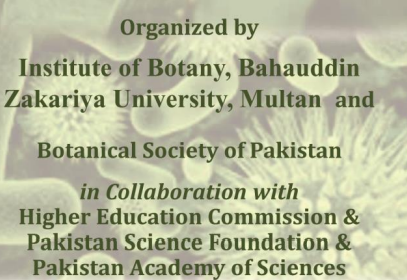-
-
-
-
-
-
-
-
-
-
-
-
-
-
-
-
-
-
-
-
-
-
The response of coastal phytoplankton community to increased nutrient concentrations was examined over a period of 20 days in the summer period on the NE Mediterranean coast. Two different nutrient enrichments were performed. The enrichment treatments rec
EFFECTS OF NUTRIENT ENRICHMENT ON COASTAL PHYTOPLANKTON COMPOSITION AND ABUNDANCE IN THE NORTHEASTERN MEDITERRANEANSEVİM POLAT
Download PDF
-
-
-
-
-
-
-
-
-
-
-
-
-
-
-
-
-
-


